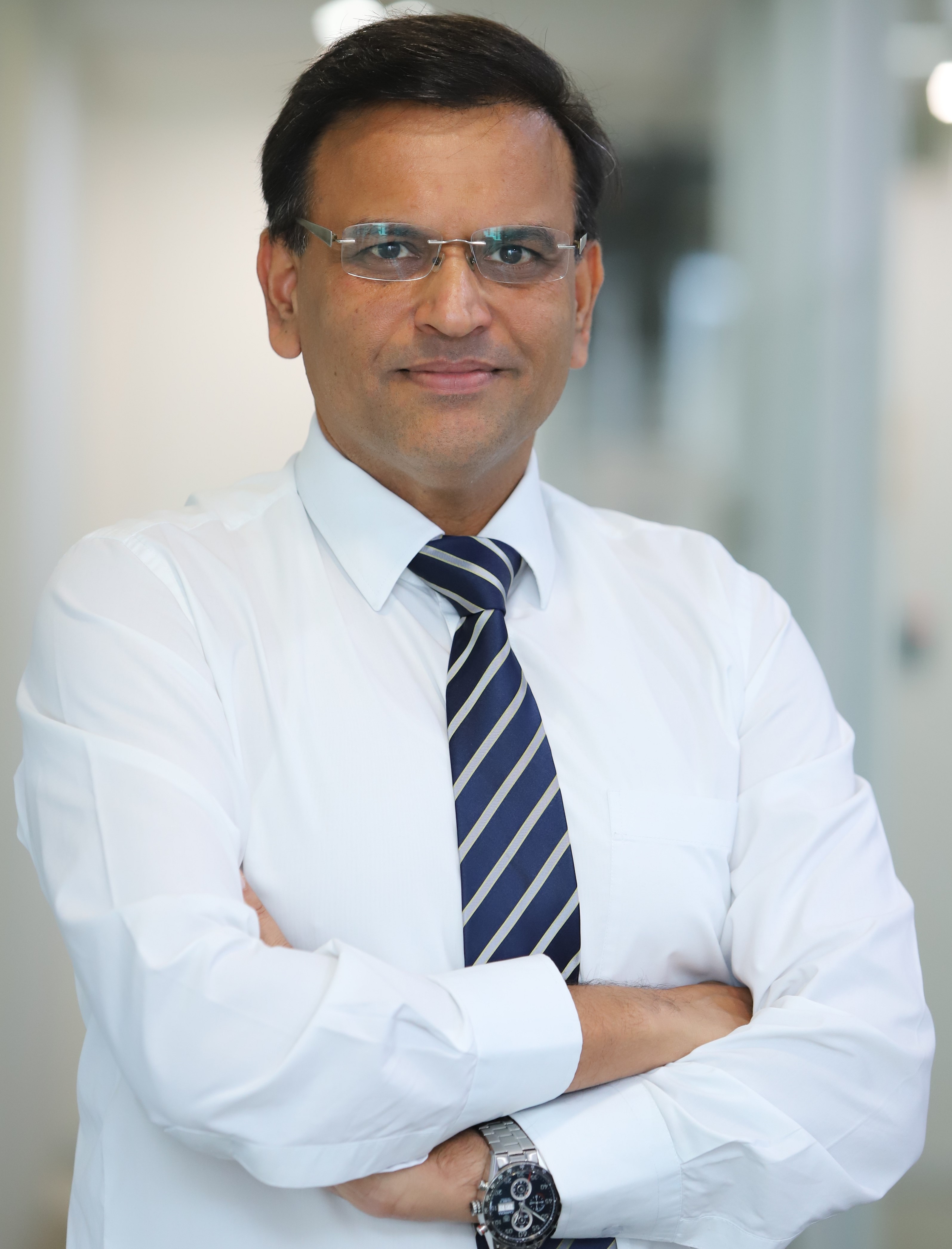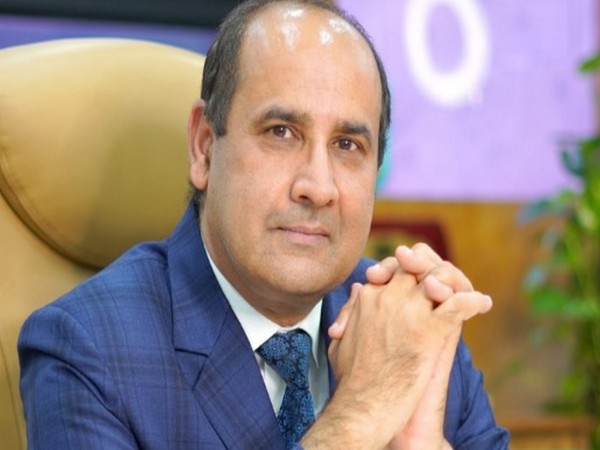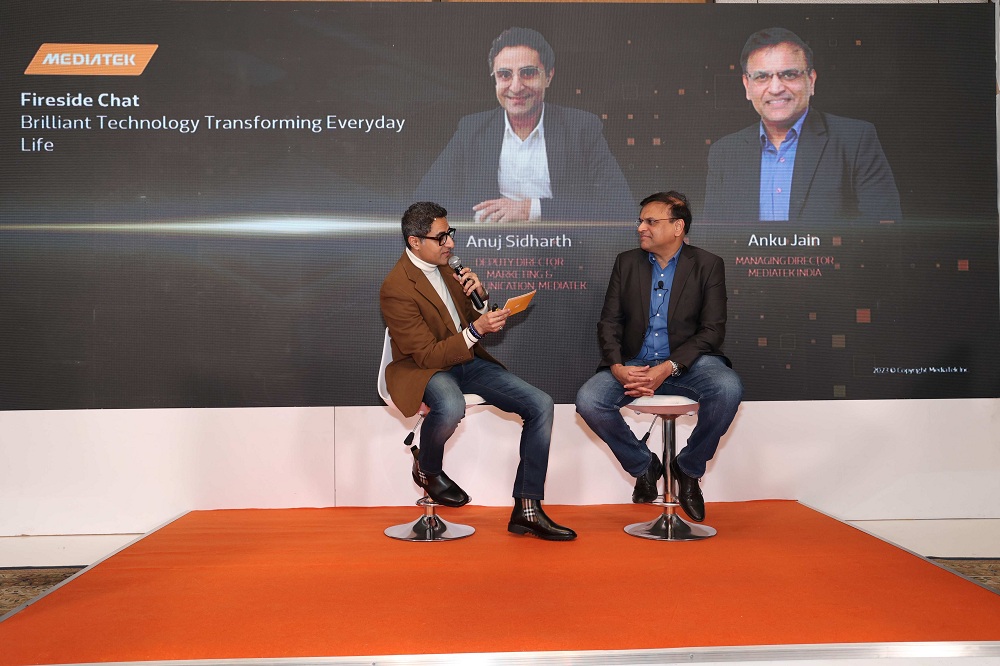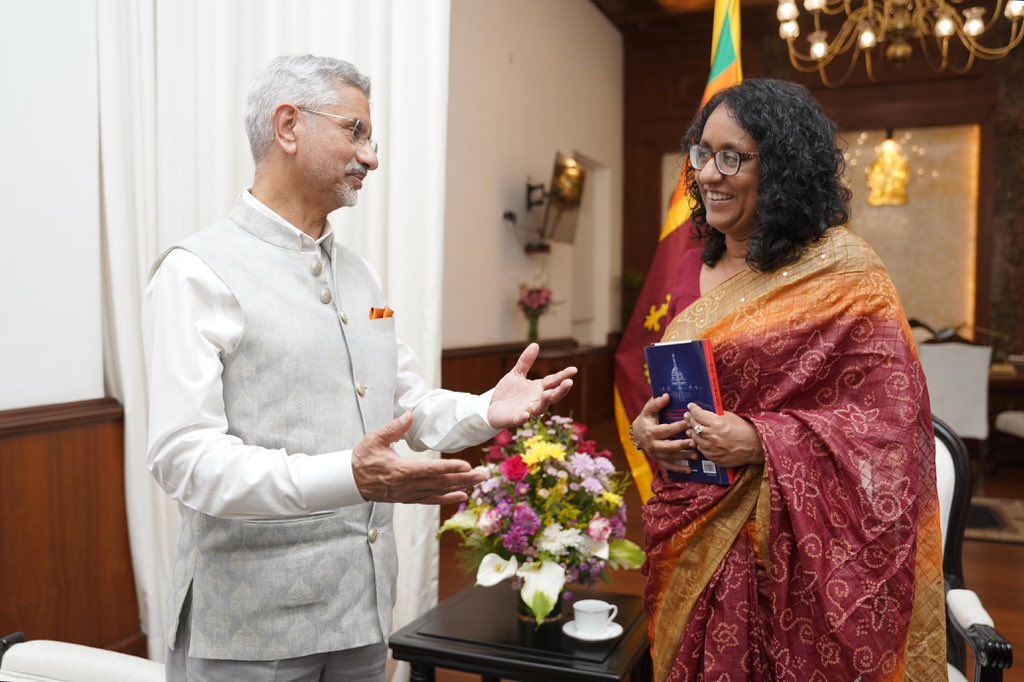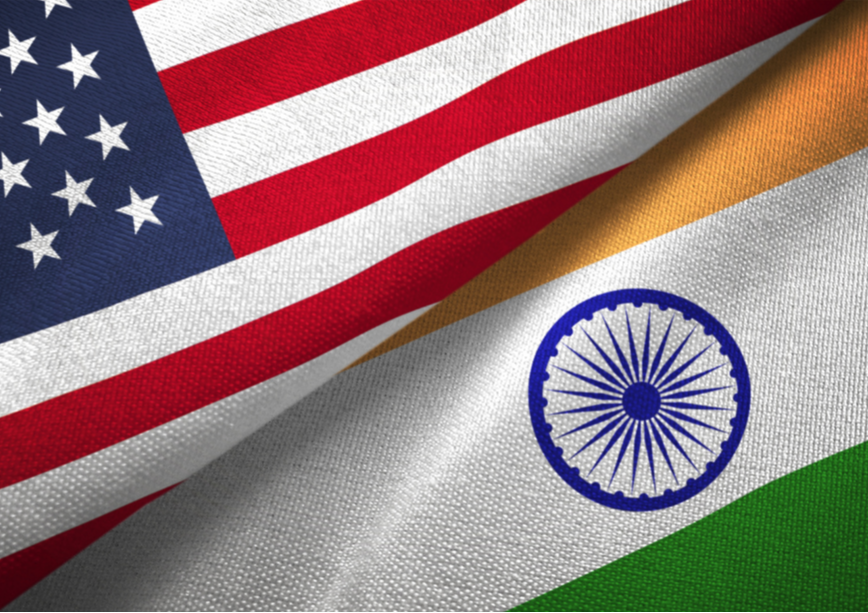India needs 70% tower fiberization to support 5G: Telecom body
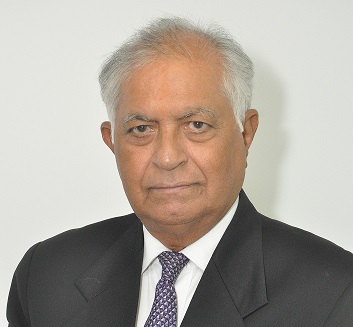
NEW DELHI: The Tower & Infrastructure Providers Association (TAIPA) says that fifthe generation (5G) technology require mushrooming of small cells in order to provide a ubiquitous and seamless coverage. In an interview with The PageOneAsia, TR Dua, Director-General, TAIPA speaks on the 5G networks in India, as well as infrastructure requirements and challenges facing the country. Edited excerpts:
What is the current status of infrastructure (towers/BTS and fibre) in the country?
The current number of tower base on a pan India basis is 6,24,831 hosting 22,45,893 BTS. As of December 2019, approx. 2.8 million of OFC has been laid in the country. The percentage of towers fiberized stands at approximately 34% as on 31st August 2020. (The tower fiberization data is collated based on State Broadband Committee deliberations).
With 5G technology round the corner, what is the quantum of telecom infrastructure required?
5G would be getting deployed in the higher frequency band of 3.3 GHz to 3.6 GHz, which will require mushrooming of small cells in order to provide a ubiquitous and seamless coverage which can, in turn, support newer applications like connected cars etc. Further, in order to support the substantially higher data speeds of 5G, the backhaul at the end of telecom towers would need to be fiberized. As of now, only 34% of towers are fiberized. The tower fiberization level would have to be raised to at least 70% to support 5G. Thus, huge telecom infrastructure investments would be required to support the 5G.NDCP 2018 had envisaged an investment of USD 100 billion for 5G network.
What are the existing RoW challenges especially in states and how are you addressing them?
As of now only 20 states have aligned their policies with RoW rules, 2016. Some of the big states like Andhra Pradesh, Telangana, Gujarat, Karnataka, Tamil Nadu and Punjab are yet to align their telecom infrastructure policies with IT RoW rules, November 2016. In the States, that have aligned their policies with the Central rules, there are implementation issues. Common issues are exorbitant fee being charged by MCs despite State policy, multiple and complex documentation, no single window clearance and non-adherence to timelines resulting in pending towers. Sealing, coercive action, exorbitant property tax, penal property taxes are also rampant. Municipal corporations follow/ frame their own policies despite the notification of telecom infrastructure policy by the State. It is estimated that Industries loses about Rs 2600 Crore on Pan India basis as excess administration fee paid over and above the administration fee per ITROW rules, Nov,2016- a figure which is going to increase further as the new telecom towers will be getting installed.
The major implementation problems are being faced in the states like Maharashtra, Rajasthan, Uttar Pradesh, Tamil Nadu, Haryana, Odisha and Uttarakhand. Representatives of Tower & Infrastructure Providers Association (TAIPA) have been making enormous efforts for the implementation of the policy through joint meeting, submissions with various advisories and directions by Department of Telecom (DoT) but no action has been taken by the various State Governments in these many years.
Nearly 33% towers are fiberized today which is far lower than the global average. By when this number is likely to double given the current pace of networks rollout and infra expansion?
To meet PM’s vision of Digital India, e- governance and smart city mission fibre penetration is required for digital revolution and bridge the digital divide. The shifting of traffic patterns, work from home, virtual meetings have increased data consumption post-Covid-19 which require huge bandwidth for which fibre penetration is a must. Fiberization enables high-quality broadband which can provision a high-quality broadband with high-speed data, ultra-low latency, and limitless bandwidth with a resilient and robust infrastructure.
Government programs such as BharatNet and Smart Cities & new technologies such as 5G, AI, IoT are adding to the demand for fiber deployment and also necessitate 100% tower fiberization. Further, our Hon’ble Prime Minister has laid out the vision in August 2020, to connect every village in the country with OFC in 1,000 days. To achieve this vision, the cables would have to be laid at nearly 3.6 times the current speed, up from the existing average of 350 km a day to over 1,251 km a day.
To achieve the goal of National Broadband Mission-‘Broadband For All’ and to address the demands of the large bandwidth as the average data consumption for each subscriber is continuously increasing, we need to increase the fiberization of towers from the present 30% to at least 70% which will also facilitate telecom towers to have robust backhaul to cater to high volume data requirement and better quality of services.



